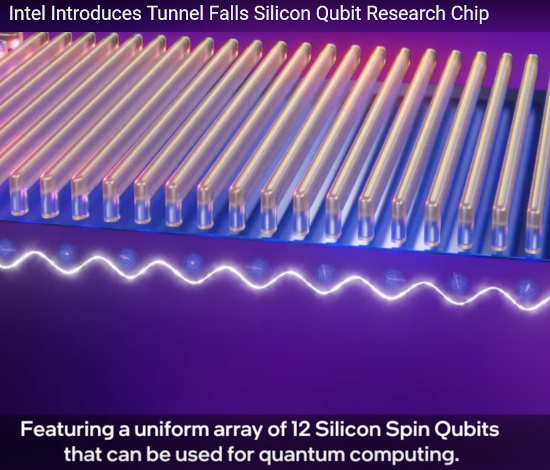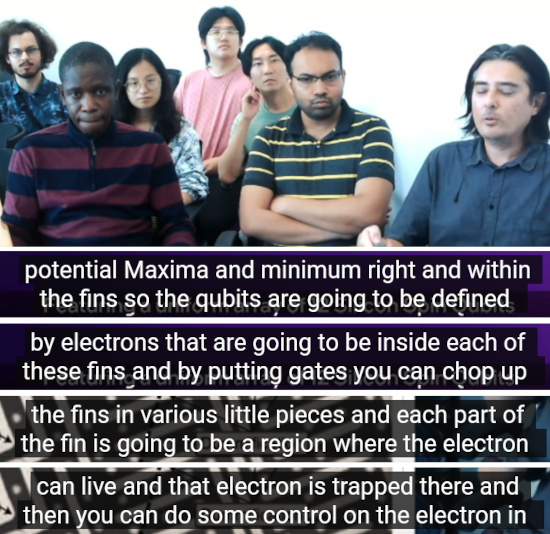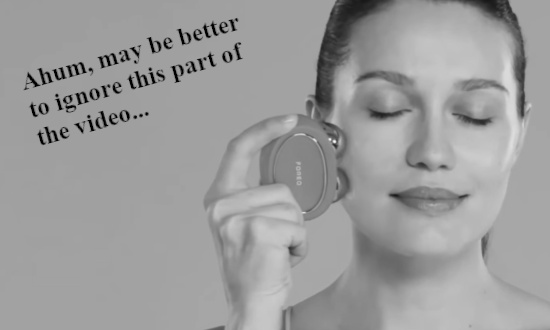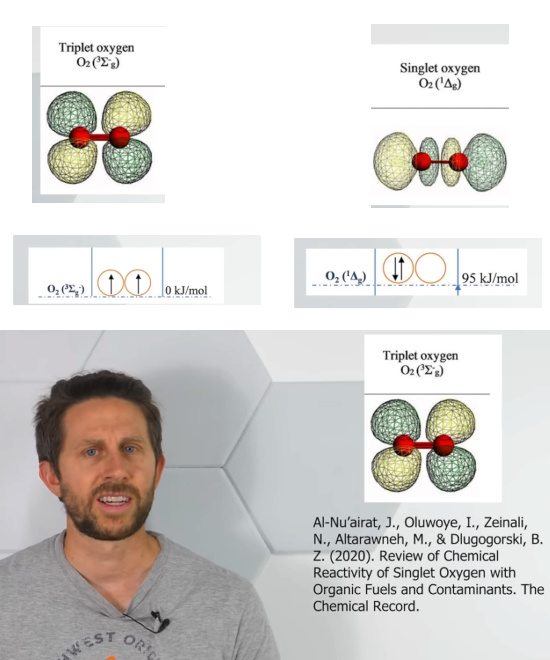This stuff is supposed to work on 12 of those qubits also known as silicon qubits. Anyway these are loose electrons, so one electron per qubit. It is well known that if you have a computer, the thing must be possible to flip individual bits and on a quantum computer it must be possible to flip the spin of an electron if you want to use that as a qubit.
It is no secret that for a couple of years I think electrons are magnetic monopoles and the last time I have arrived at the conclusion that the magnetic charge of the electron is just as permanent as it’s electric charge.
In particular this means that it is just not possible to flip the spin of an individual electron and therefore this whole Intel 12 electron spin thing can never ever work properly. You cannot flip the spin of an individual electron and since their spin is permanent there is also not much possibility that you can bring any pair into entanglement or stuff like that.
A few posts ago I showed you some kind of rule for electron transitions in atomic or molecular orbitals; the only transitions allowed are those without spin flip. That is very interesting and one of the details that validate spin is a permanent monopole magnetic charge and not some kind of tiny magnet or a vector for that matter.
I made the next screenshot from an advertisement from Intel:

So that stuff will never work as I am correct in my view on electron spin (not tiny magnets but magnetic monopoles). The fact that likely the magnetic charge is permanent has all kinds of far reaching consequences, for example in chemistry you now must often have the right kind of electron at the right time for a chemical reaction to occure or proceed. So it is not true that at the last moment the electron will flip it’s spin if that is needed in the chemical reaction (this despite the tiny tiny energy difference if spin flip would be possible), so if a particular electron just isn’t there the chemical reaction will stop or alter or whatever what.
Here is the advertisment video from Intel:
The whole Intel 12 spin qubit thing is explained a bit by some folks from NYU. Likely NYU will stand for New York University. For this kind of video they found in interesting format; you are looking at a group of people while one of them does the most of the talking. That is far less boing as looking at one person sitting in a room. Here is how it looks:

The interesting thing on the social side is that Intel will send one or more of these spin things to the Dutch unversity of Delft. Of course Delft is famous for discovering the Majorana particle, build a quantum computer on that thing that did never exist, collect 40 million or more US$ from Microsoft, had to withdraw the Majorana particle claim and so on and so on. If some weirdo’s (like in Delft) just do not want to listen to my long list of problems with electron spin, they are always allowed to make a bunch of fools of themselves one more time. A long long time ago Britney Spears sang “Baby hit me one more time” and that beautiful song they must sing once more over there at TU Delft. Here is the video:
That was it for this post, it is about time that I start writing an old fashioned math post instead of all these posts around a video. Well thanks for your attention and lets wait for the likely failure of the TU Delft on this small but important detail.

